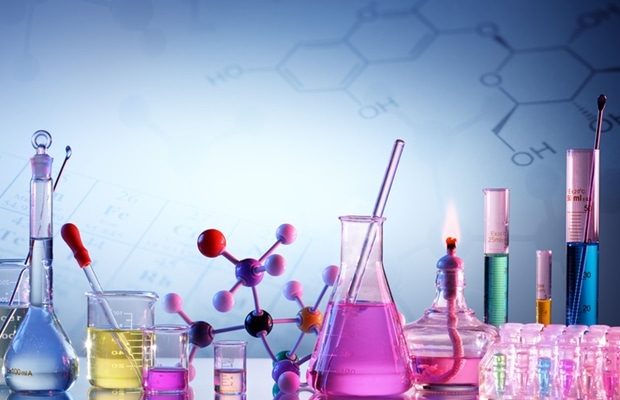Experts propose a roadmap for the development of human-free sunscreen testing
Exposing humans to ultraviolet radiation to test sunscreen effectiveness should be phased out, according to scientists and cancer experts.
The recommendation from the Australian Radiation Protection and Nuclear Safety Agency (ARPANSA), Cancer Council Victoria and RMIT University is backed by research published in the journal Trends in Analytical Chemistry.
The paper reviews sunscreen ingredients, regulations and testing globally, and proposes a roadmap for the development of reproducible human-free sunscreen testing.
Testing sunscreens on humans is the current international standard to rate UV protection performance. This testing involves volunteers wearing a sunscreen and being exposed to artificial solar UV to measure the performance by the time taken for sunburn to occur.
However, ARPANSA Chief Radiation Health Scientist Dr Rick Tinker said this has ethical challenges as it exposes people to cancer-causing UV radiation.
Sunscreens are an important part of sun protection and preventing serious sun damage to people – 2 in 3 Australians will develop skin cancer by the age of 70 – but we shouldn't be risking people's long-term health to test the effectiveness of sunscreens."
Dr Rick Tinker, ARPANSA Chief Radiation Health Scientist
Human-free sunscreen testing technology is in development
A team led by Professor Vipul Bansal, Director of RMIT's Sir Ian Potter NanoBioSensing Facility, has already developed a prototype sensor that changes color when exposed to UV radiation that they say could be customized for human-free sunscreen testing by mimicking the skin.
"What excites me the most is that access to this new method will allow sunscreen manufacturers to rapidly innovate new and better sunscreens, which are currently limited due to time and cost constraints involved with human testing," Bansal said.
Bansal's team – including Dr Wenyue Zou, Associate Professor Sylvia Urban and Associate Professor Rajesh Ramanathan – are working with ARPANSA to develop the required human-free sunscreen testing methods and protocols within this decade.
Bansal said sunscreen testing was just one of many potential applications for nanosensor technologies, which could also be used to detect a wide range of diseases and contaminants.
SunSmart advice remains unchanged
ARPANSA and the Cancer Council Victoria work in partnership to promote sun safety and skin cancer prevention.
Head of Prevention at Cancer Council Victoria, Craig Sinclair, said data from the 2020 Victorian Cancer Registry reported 2,582 new cases of melanoma across the state.
"Skin cancer is one of the most preventable cancers. Using good sun protection when the UV level is three or above can lower your skin cancer risk," he said.
"Research shows that when applied correctly, sunscreen is effective in preventing skin cancer, including melanoma, the deadliest form of skin cancer.
"In Australia's harsh UV environment, sunscreen is an essential form of sun protection.
"Cancer Council Victoria welcomes all innovation that both works to reduce the burden of skin cancer and brings efficiencies in the manufacturing of sun protection products."
ARPANSA and the Cancer Council recommend using the five S's of sun safety – Slip, Slop, Slap, Seek, Slide – when the UV level is 3 or above:
- slip on some sun-protective clothing – make sure you cover as much skin as possible
- slop on broad spectrum, water resistant SPF30 or higher sunscreen – put it on 20 minutes before you go outdoors and reapply every two hours afterwards
- slap on a hat – broad brim or legionnaire style to protect your face, head, neck and ears
- seek shade
- slide on some sunglasses – make sure they meet Australian Standards.
RMIT University
Zou, W., et al. (2022) Sunscreen testing: A critical perspective and future roadmap. TrAC Trends in Analytical Chemistry. doi.org/10.1016/j.trac.2022.116724.
Posted in: Medical Condition News | Healthcare News
Tags: Analytical Chemistry, Cancer, Cancer Prevention, Manufacturing, Melanoma, Neck, Research, Skin, Skin Cancer, Sunburn
Source: Read Full Article
